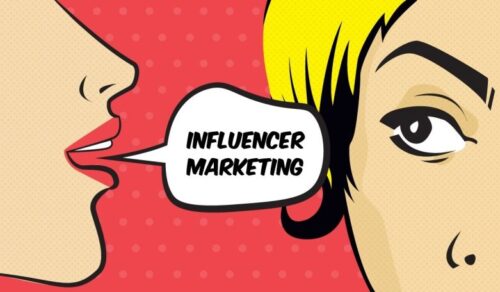Micro-Influencer 101 – Public Relations Connections

If it were up to me to decide, I would have declared the word of the year for 2017 as “influencer.” Not a day goes by that I don’t hear this term, often multiple times a day, and it seems to have been a hot topic for this year.
In fact, I recently planned (and posted a blog post: Influencer Marketing 101 – Making Powerful Connections), about a PRSA Phoenix luncheon for local PR pros, with Scott Pansky, co-founder of Allison+Partners and Katie Marlark, senior director of research for Allison+Partners. Their presentation was an overview of how influencers can make a difference for brands, nonprofits and the cause-space overall. It included examples of how campaigns use influencers to their greatest advantage and tips on how to build success. And, just this week, Kevin Payne, posted a great article on Hubspot, 7 Questions to Ask Before Working With a Micro-Influencer.
According to Payne “47% of millennials now turn to social media for recommendations and reviews before deciding on a purchase.” And “close to 40% of Twitter users alone have made a purchase as a result of influencer marketing — and that’s excluding the influence, if you will, of personalities on other channels, like Instagram.”
These stats are very moving, when it comes to using influencers, especially if millennials are one of your target markets.
But what is a micro-influencer? Payne says: “Micro-influencers are social media users — unlike typical celebrities, experts, or public figures. They’re individuals who work or specialize in a particular vertical and frequently share social media content about their interests. Unlike traditional “influencers,” micro-influencers have a more modest number of followers — typically in the thousands or tens of thousands — but they boast hyper-engaged audiences.”
And, his seven questions you should ask (yourself) before using a micro-influencer include:
- What are your goals?
- Who are the micro-influencer’s followers?
- Is the micro-influencer already a fan?
- How engaged is the micro-influencer’s audience?
- What kind of content does the micro-influencer produce?
- Are they working with your competitors?
- How many platforms do they use?
I think these are all great questions to not only ask yourself but to also ask the influencer (or micro-influencer) as well. And before moving forward the responses to both should align.

